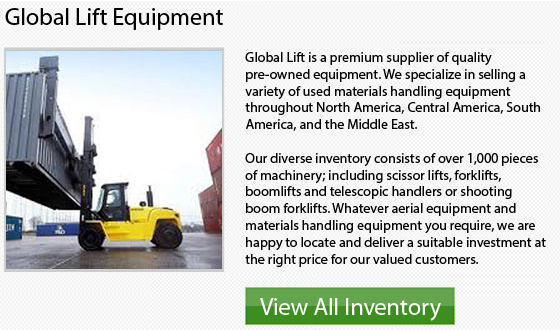
On the market nowadays are lift trucks that are classed in 7 different classes. categories 1-4 consist of lift trucks which are designed specifically to utilize on smooth surfaces indoors. They could be chosen for particular aspects of recycling that occur in those kinds of settings. For more rigorous outdoor recycling operations, categories VII and V forklifts are usually utilized.
There are many company operations that work outside and have to deal with extreme workloads. Their forklift selection will gravitate toward Internal Combustion machines in Class VII and Class V. These models work really well in any kind of climate and have adequate power to run heavy objects during the course of a shift.
Using a forklift safely is one more vital thing to take into account. Understanding and acknowledging the center of gravity is necessary when operating a forklift, especially while traveling on uneven terrain. Knowing the stability triangle in these difficult work conditions is very important as well.
Normally, warehouses could employ various kinds of reach trucks. Several manufacturing operations and the supply area for many textile firms also depend on different models. Using a reach truck to stock finished goods on pallets, a range of materials and other pieces of machines is common. These kinds of machinery really help to keep a facility organized and allow them to use the maximum amount of space by stacking vertically. Reach trucks are quite simple to utilize. They could help make better use of both available storage area and time.
If you are going to be utilizing your forklift equipment 4 to 8 hours per day, it is highly better to buy brand new. The warranty alone could come in handy with such continuous use. If, however, you are only unloading and loading not very often or on a bi-weekly basis, then a second-hand model might be suitable for your requirements. Each situation is different and you must assess your individual needs before picking the ideal equipment.